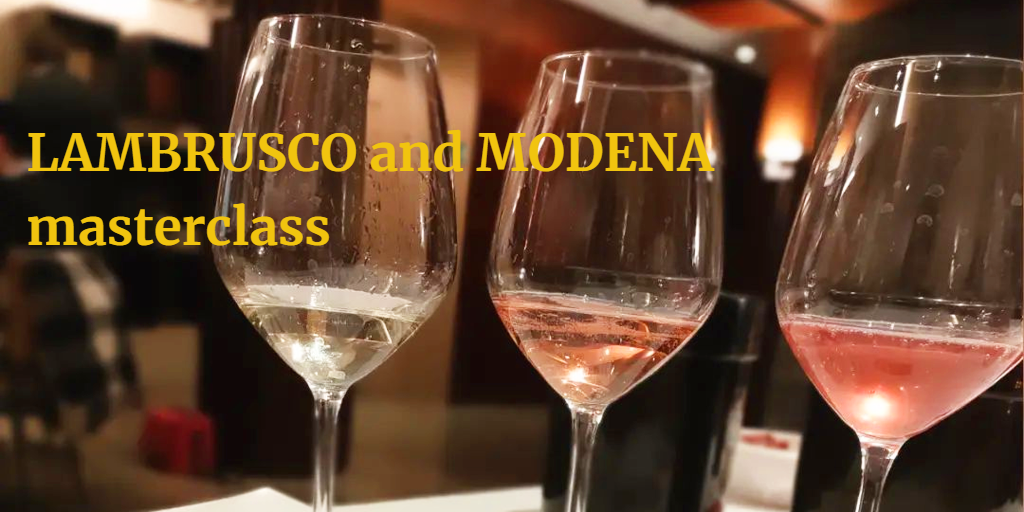
Siena, April 29th 2022 – When it comes to Lambrusco, we cannot refer to a single type of wine. Because of a multitude of varieties, different areas of origin and diverse winemaking choices, as a result, we have plenty of different styles.
“Lambrusco (singular) as a type of wine does not exist. Because the Lambruscos (plural) exist. 16 varieties are currently registered in the Italian Wine and Vine Register, many others are still not recorded” stated ONAV Delegate Sergio Scarvaci, while presenting the history of this wine and helping to debunk the many prejudices about it.
Mantova, Reggio Emilia and Modena are the 3 main wine regions for this wine. Modena in particular is the city with the stronger connection between Lambrusco and food and culture, production areas and various cultivars. Here, these differences are more than ever enhanced.
From clay to sandy soils, from pressurized tank fermentation to re-fermentation in the bottle: Sergio Scarvaci explains the differences and the potential of Lambrusco varieties that allow this wine to clean up its reputation and return to the stages where it belongs to.
- The Lambrusco Sorbara traditional method surprises us with its freshness, elegance and satisfying pleasure – the finest expression could compete with Champagne no doubt.
- The Lambrusco Salamino is easy to drink, fruity, round, refreshing wine for when we are thirsty.
- The Lambrusco Grasporossa carries structure, body, fine tannins, balance and so complexity.
We tasted 9 bottles from 4 Modena DOPs:
- Cantina della Volta, Christin Bellei Millesimato 2016, Lambrusco Sorbara 100%, traditional method – fine sparkling, impressive high sapidity provides a long persistence ++
- Paltrinieri, Leclisse, Lambrusco di Sorbara DOP, Sorbara 100%, tank method – delicate, small strawberries, violet, nice harmony
- Podere il Saliceto, Falistra Lambrusco di Sorbara DOP, Sorbara 100%, refermented in the bottle – refermentation sur lie gives some interesting complexity
- Marchesi di Ravarino, Stile Antico Lambrusco di Modena DOP, blend of Salamino and Sorbara ancestral method – colour gets more intense, red fruit, complex
- Ventiventi, Metodo Classico Lambrusco dell’Emilia IGP, Salamino 100%, traditional method – this winery makes only traditional method wines, 14 months fermentation on the bottle, shy nose, fruity, round with a slightly bitter finish
- Cantina di Santa Croce, Vigne Vecchie Lambrusco Salamino Santa Croce DOP, Salamino 100%, tank method – from 40 years old vines, vibrant, fresh, pleasant, you can’t stop drinking it, fantastic discovery considering it cost 5 euro
- Fattoria Moretto, Canova Lambrusco Grasparossa di Castelvetro DOP, Grasparossa 100%, tank method – dry fruits, gentle soft tannins make their appearance, slightly bitter finish, elegant and complex
- Poderi Fiorini, Terre al Sole Lambrusco Grasparossa di Castelvetro DOP, Grasparossa 100%, traditional method – very interesting nose with generous fruit and flowers, soft tanning caress the palate
- Tenuta Pederzana, Ubi Maior, Grasparossa 100%, late harvest then grapes are dried for 2/3 months before vinification – what a surprise, an Amarone made from Lambrusco?!? plenty of ripe fruits, full-body, balsamic hints, some spices, chocolate, coffee, complex and harmonious
Watch the Youtube video

